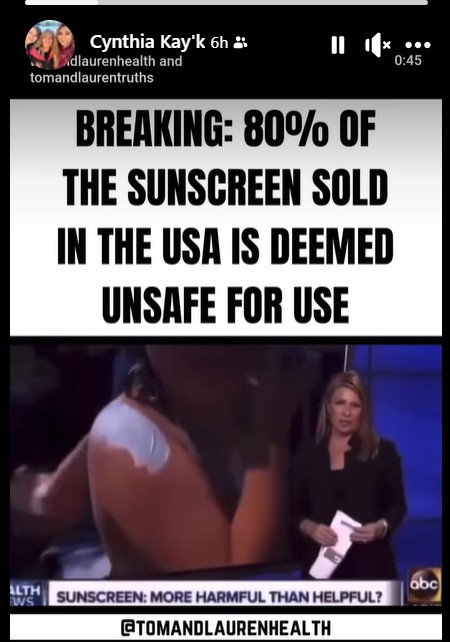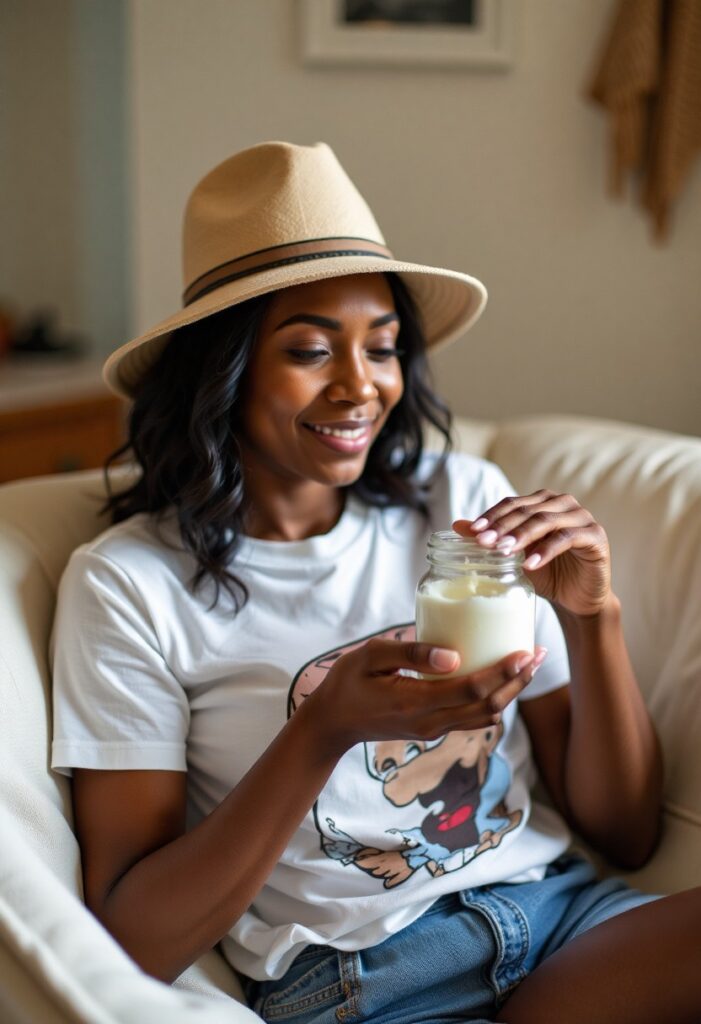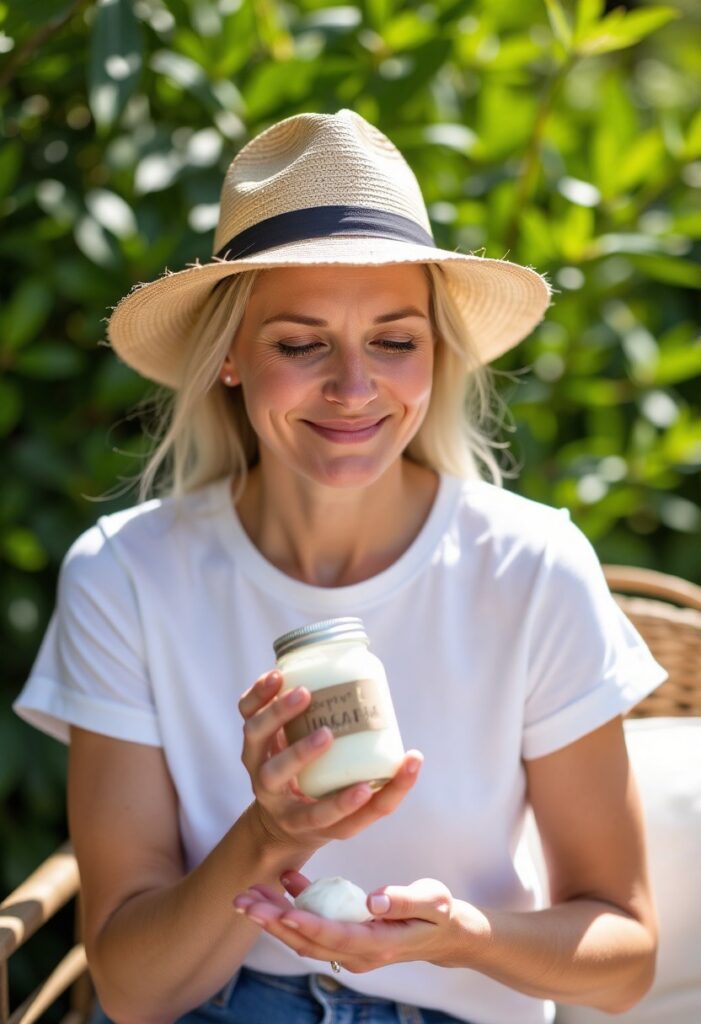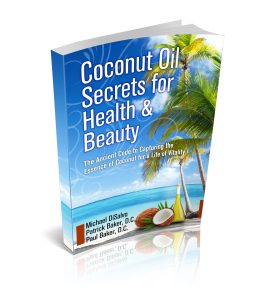Problem Solved! How to Make Natural Sunblock with Coconut Oil and Zinc Oxide
Looking for a Natural Sunscreen or Sunblock? Good idea!

Are you a sun-lover looking for a safer way to protect your skin?
If you’ve been searching for a natural sunscreen that’s non-toxic and easy to make, you’re in the right place! In this guide, we’ll show you how to create a homemade sunblock using coconut oil and zinc oxide—a mineral-based solution that’s both effective and gentle on your skin. Say goodbye to harmful chemicals and hello to a moisturizing, DIY sunscreen recipe!
Why Choose a Natural Sunscreen?
Let’s face it.
The sun is powerful, and I’ve always loved a golden tan.
But when I heard about schoolmates who went through years of “extreme” sun-tanning in their teens as beach bums in California, I became concerned.
Of course, the question later became: “What exactly caused their skin cancer? What is the lotion, the sun, both, or neither?”
Let’s start with the research. 2021 study found that just over a quarter of the sunscreens tested had detectable levels of benzene, a known carcinogen.
Other sunscreen ingredients have raised concerns due to their potential health effects. Here are a few that experts have flagged:
- Oxybenzone: A hormone disruptor that can be absorbed into the body.
- Avobenzone: Another benzophenone compound.
- Homosalate: Linked to hormone disruption.
- Octinoxate: Known to affect the endocrine system.
- Octocrylene: Can degrade into benzophenone, which has carcinogenic potential.
- Octisalate: Used to stabilize avobenzone.
So it’s not just one ingredient. There’s typically a cocktail of harmful ingredients in the average sunscreen that we don’t really know the long-term consequences of.
What we do know, however, is that since the widespread use of sunscreens began in the 1970s and 1980s, skin cancer rates, particularly melanoma, have continued to rise, presenting a complex and debated issue. Melanoma, the deadliest form of skin cancer, has seen a significant increase, with the National Cancer Institute reporting that rates in the U.S. have tripled since the 1970s, from about 8 per 100,000 to 24 per 100,000 by the 2010s.
But before we get into possible solutions to this problem, let’s breakdown what sunscreens or sunblocks even are.

Sunscreen vs. Sunblock: What’s the Difference?
Understanding the difference between sunscreen and sunblock is key to choosing the right protection:
- Sunscreen: Uses chemical filters (like oxybenzone, avobenzone, octisalate) to absorb UV rays and prevent them from penetrating deeper skin layers.
- Sunblock: Uses mineral filters (like zinc oxide or titanium dioxide) to reflect or scatter UV rays, keeping them from reaching the skin.
Mineral-based sunblocks, like the one we’ll make with zinc oxide, are considered safer and non-toxic because they don’t penetrate the skin and are stable in sunlight.
Understanding SPF and UV Protection
SPF (Sun Protection Factor) measures a product’s ability to block UVB rays, which cause sunburn. However, it doesn’t account for UVA rays, which penetrate deeper and contribute to aging and skin cancer. Here’s how SPF levels compare:
- SPF 15: Blocks 93% of UVB rays.
- SPF 30: Blocks 97% of UVB rays.
- SPF 50: Blocks 98% of UVB rays.
- SPF 100+: Blocks 99.1% of UVB rays.
Anything above SPF 50 offers minimal extra protection but often contains higher concentrations of chemicals, which can be more toxic. That’s why I opt for an SPF of around 15-20 in my homemade sunblock.
Theoretically, SPF also indicates how long you can stay in the sun. If you burn after 10 minutes, an SPF 10 sunblock lets you stay 10 times longer (100 minutes). But relying solely on SPF isn’t enough—UVA protection is critical, and most chemical sunscreens fall short here.
Is Sunscreen Toxic or Actually Bad for You?
The Environmental Working Group (EWG) raises concerns about chemical sunscreens, particularly those containing oxybenzone. Found in 80% of chemical sunscreens, oxybenzone can penetrate the skin, cause allergic reactions, and potentially disrupt hormones. A study of over 2,500 people found oxybenzone in 96% of their systems!
Another concern is Vitamin A (retinyl palmitate), added to 25% of sunscreens as an anti-aging antioxidant. However, federal studies suggest it may accelerate skin tumors and lesions when exposed to sunlight.
High SPF sunscreens also require more chemicals, increasing potential toxicity. In contrast, mineral sunblocks with zinc oxide or titanium dioxide are safer, non-toxic options that don’t break down in sunlight and offer better UVA protection.

Nano-Zinc vs. Non-Nano Zinc: Which Is Safe?
Zinc oxide comes in nano and non-nano forms. Nano-zinc particles are tiny (one hundred thousand times smaller than a human hair), raising concerns about skin absorption. However, research shows nano-zinc doesn’t penetrate human skin, showing it is likely safe for use. Cosmetically, nano-zinc is preferable because it doesn’t leave a white film on the skin (the “lifeguard look”). Non-nano zinc, with larger particles, is an alternative if you’re cautious about nano-particles.
Note: Avoid inhaling zinc oxide, as it can damage the lungs if breathed in.
My Sunscreen Choice: Why Zinc Oxide?
After researching, I’ve decided to use mineral sunblocks that:
- Contain zinc oxide or titanium dioxide as the primary filter.
- Avoid oxybenzone and Vitamin A (retinyl palmitate).
- Have an SPF under 50 for balanced protection.
More importantly, I focus on limiting sun exposure—wearing hats, covering up, and staying in the shade—rather than relying solely on sunscreen.
How to Make Natural Sunscreen with Coconut Oil and Zinc Oxide
Making your own natural sunscreen is easy, affordable, and lets you control the ingredients. This recipe uses coconut oil (which has a natural SPF of 2-8) and zinc oxide for added protection. Here’s how to do it:
Ingredients
- 1/4 cup coconut oil (natural SPF 2-8)
- 1/4 cup shea butter
- 1/2 cup carrier oil (e.g., avocado oil, SPF 4-15; see chart below)
- 2-3 tbsp beeswax
- 10-15 drops essential oils (optional, for scent)
- Zinc oxide (amount based on desired SPF; see chart below)
Zinc Oxide to Lotion Ratio
Use this chart to determine how much zinc oxide to add for your desired SPF level, based on a 9 oz lotion base:
| Using 9 oz Lotion with… | SPF 2-5 | SPF 6-11 | SPF 12-19 | SPF >20 |
|---|---|---|---|---|
| Nano-Zinc Oxide | 3% = 0.27 oz | 7.5% = 0.68 oz | 12% = 1.08 oz | 20% = 1.80 oz |
| Non-Nano Zinc Oxide | 5% = 0.45 oz | 10% = 0.90 oz | 15% = 1.35 oz | 25% = 2.25 oz |
Note: If you don’t have a kitchen scale, convert ounces to tablespoons using an online converter. For SPF 15, I used a little over 2 tbsp of zinc oxide.
Carrier Oils with Natural SPF
You can enhance your sunscreen’s base SPF with these carrier oils:
| Carrier Oil | SPF |
|---|---|
| Raspberry Seed Oil | 28-50 |
| Carrot Seed Oil | 38-40 |
| Macadamia Nut Oil | 6 |
| Jojoba Oil | 4 |
| Coconut Oil | 2-8 |
| Olive Oil | 2-8 |
| Avocado Oil | 4-15 |
| Almond Oil | 5 |
Instructions
- Melt coconut oil, shea butter, and beeswax in a double boiler (place ingredients in a jar, then set the jar in a simmering pan of water). Remove from heat once melted.
- Stir in 1/2 cup of your chosen carrier oil (e.g., coconut oil).
- Wearing a mask to avoid inhaling zinc oxide, stir in the zinc oxide (sift it first to prevent clumping).
- Stir thoroughly every few minutes until the mixture cools.
- At room temperature, stir in essential oils if using.
- Store in an airtight container in a cool place or fridge.
- Use within six months and reapply after swimming.
Notes: These SPF levels are approximate, as they haven’t been lab-tested. For babies and young children, prioritize shade and protective clothing over sunscreen.
Staying Safe in the Sun
Making your own natural sunscreen with coconut oil and zinc oxide is a game-changer for safe sun protection. Not only is it non-toxic and moisturizing, but it’s also affordable and customizable. Pair this DIY sunblock with smart sun habits—like wearing a hat and seeking shade—for the best UV protection. Ready to try it? You’ll be the coolest one at the beach with your mason jar (or coconut oil jar!) of homemade sunblock!
Choosing the Right Coconut Oil
As we’ve seen, coconut oil can be a great base for a natural sunblock to keep you and your family safe.
But you should specifically look for extra virgin coconut oil as an all-natural, nutrient-rich superfood that can be used for everything from cooking to skin and hair care.
We believe theres’ some great brands out there, but at a minimum, try to go organic and use extra virgin, unrefined coconut oil.
But we here at Coconut Country Living, knowing your skin is your largest organic, offer what we believe is the freshest, purest, version you can find.
That’s why, despite the coming tariffs, CCL has gone the extra mile to source the best virgin coconut oil, which carries our Beyond Organic promise. Our team works diligently to pick the oil at the height of perfection and then seal it tight in a facility free of allergies and GMOs, so that customers can enjoy all the taste and nutrition in every drop. With our special care and attention, customers can rest assured knowing they’re getting the most out of virgin coconut oil.

And right now, you can get a complimentary e-Book with any order by best-selling author Michael DiSalvo.
This e-Book is an invaluable resource for making the most of virgin coconut oil in all its health, beauty and household uses. It also includes some delicious recipes to make your purchase count. With Coconut Oil Secrets for Health and Beauty, customers will learn how to use this natural wonder product to its fullest potential. From cooking to skin care, to cleaning, this e-Book will provide customers with the knowledge they need to make the most of their purchase. So don’t miss out on this fantastic offer and request your complimentary e-Book after purchase today!

Check out us at Amazon or visit our own Shop while we are still in stock, and we will see you in Coconut Country!



